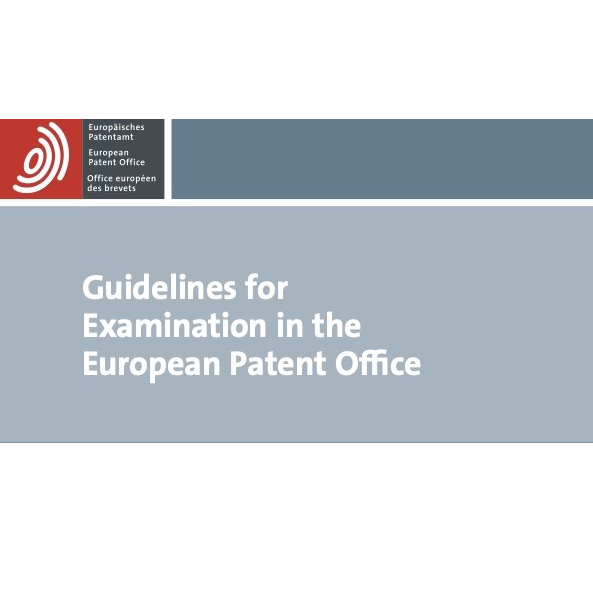Overview
In this series of five short articles, I’ll share my top five most-used parts of the EPO’s Guidelines for Examination during patent prosecution before the EPO, along with an explanation of why I think they’re so useful.
Why would I ‘give away’ my prosecution ‘secrets’, you might wonder! Well, they’re not really secrets and I hope that, by sharing them, others may benefit and there may be some helpful discussion that could make my own use of them even more effective!
These articles might also be helpful for those studying for EQE Paper B (Amendment).
Part 1
I’ll kick the series off with this quote from Part G-VI, 2 concerning “Implicit features or well-known equivalents” (my emphasis added):
A document takes away the novelty of any claimed subject-matter derivable directly and unambiguously from that document including any features implicit to a person skilled in the art in what is expressly mentioned in the document…. The limitation to subject-matter “derivable directly and unambiguously” from the document is important.
So, novelty of given claimed subject-matter is taken away by a prior art document if that given claimed subject-matter is not only directly derivable but also unambiguously derivable from that prior art document.
This can be helpful in various ways:
- When analysing a novelty objection, are all the claim features really both directly derivable and unambiguously derivable from a cited prior art document?
- If not, this part of the Guidelines for Examination can support an argument that the claim in question does not lack novelty.
- Even when facing an inventive step objection, are there additional claim features that aren’t both directly derivable and unambiguously derivable from a cited prior art document and that, therefore, are additional distinguishing features?
- Distinguishing features identified in this way can then be considered under inventive step. This might or might not change the eventual outcome on patentability, but it at least gives a better chance of a more positive end result.
Bonus!
Note: while it’s absolutely not a replacement for a thorough analysis of the prior art document, this handy hack might give one starting point for assessing whether these strict requirements in the Guidelines are met. You could compare the claim(s) in question against the text of the cited prior art document and see if any words in the claim(s) are not in the text of the cited prior art document. Of course, the cited prior art document might use a synonym or might implicitly disclose a claim feature so this is definitely not a foolproof hack.
If you’re a patent-savvy tech business looking for patent help, get in touch with Russell IP here!
The information above is for general interest and information only and does not constitute legal advice.

